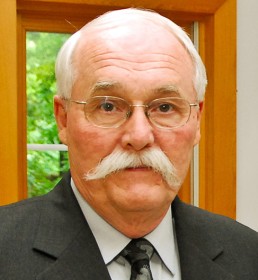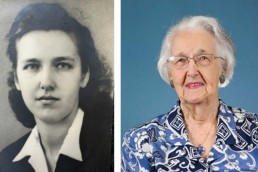I was born in Greenfield, Massachusetts, just days before WWII ended in Europe. My father, a gunnery instructor, having completed the prerequisite missions in North Africa, was stationed in El Paso. My parents returned to New England for my birth. A few months later, mother and child returned to the southwest only to return to New England after VJ day.
My younger brother was born a short time later; we were often mistaken for twins.
Two years later, my father re-enlisted in the newly formed Air Force, thus launching my career as an Air Force brat. I spent my early years at Fairchild Air Force Base in Spokane, Washington. At age ten, Dad was transferred to Japan. Mom and three boys, my youngest brother was born in 1950, followed.
My time in Japan introduced me to a different culture that most children my age did not experience. This experience helped mold me into my future self.
Returning to the states, I competed in junior high school in Washington, DC. In 1959, Dad was sent on an unaccompanied tour. To be closer to family, Mom and three boys moved to Springfield, Massachusetts. There, I attended high school where I was a “middling” student.
In 1963, I enlisted in the Army, the high point being a tour in Germany. I went to Vietnam during my second enlistment as an avionics repairman with a Huey gunship company. I finished this enlistment with a second tour in Germany. As duties permitted, I traveled extensively. In 1969, I took a European discharge, traveling to Malaysia, Singapore, Australia, and finally Hong Kong. Returning home, I decided to go back to school.
I enrolled in the University of Massachusetts, Amherst, graduating Magna Cum Laude with BS and MS degrees in Industrial Engineering and Operations Research. Along the way, I met my Polish Princess and claimed her as my bride.
I secured a position with Analytic Services, Inc. in 1975, in Northern Virginia, where I designed studies to evaluate new DOD medical information systems. As a side project, I was tasked to develop a simulation model to evaluate aircraft configurations to move cargo to the Middle East. Maximum tons of cargo, minimal number of aircraft.
During this time, we had two boys, born in 1976 and 1977.
In 1978, I went to work for the government, the Navy specifically. I was with the Naval Facilities Engineering Command for 24 years. In the early 80s, I worked at NAVFAC’s Public Works Center, Guam. Our kids were young; they enjoyed the beaches. We had the opportunity to visit Japan, Korea, and the Philippines, an experience they talk about today. My wife enjoyed traveling.
Returning to NAVFAC’s DC headquarters, I spent the next 10 years working on various programs, the most notable being the automation of Public Works Departments. In 1993, the Navy was faced with implementing the Base Closure program, BRAC. I spent the next 10 years developing and managing NAVFAC’s BRAC Caretaker Program. I retired in 2004.
To stay busy, I revived a hobby I engaged in years earlier while in Germany, photography. Under the business title of Don’s Photos, I schlepped work to various art shows. I sold several pieces, but never enough to make it more than a hobby. During this time, I joined the Fairfax Art League and soon found myself managing their Old Town Art Gallery.
My wife and I were members of the Osher Lifelong Learning Institute (OLLI) at George Mason University. For six years, I was co-moderator of What’s in the News, a weekly session where participants discussed the day’s news.
In 2019, my wife was diagnosed with cancer. She passed away the following April. To fill the void, I began writing short adventure novels. These are published on the Amazon Kindle platform.
In 2023, I had a minor health issue. My sons thought it was time I moved to a retirement community; I concurred, so here I am at The Woodlands. One of my best decisions!




